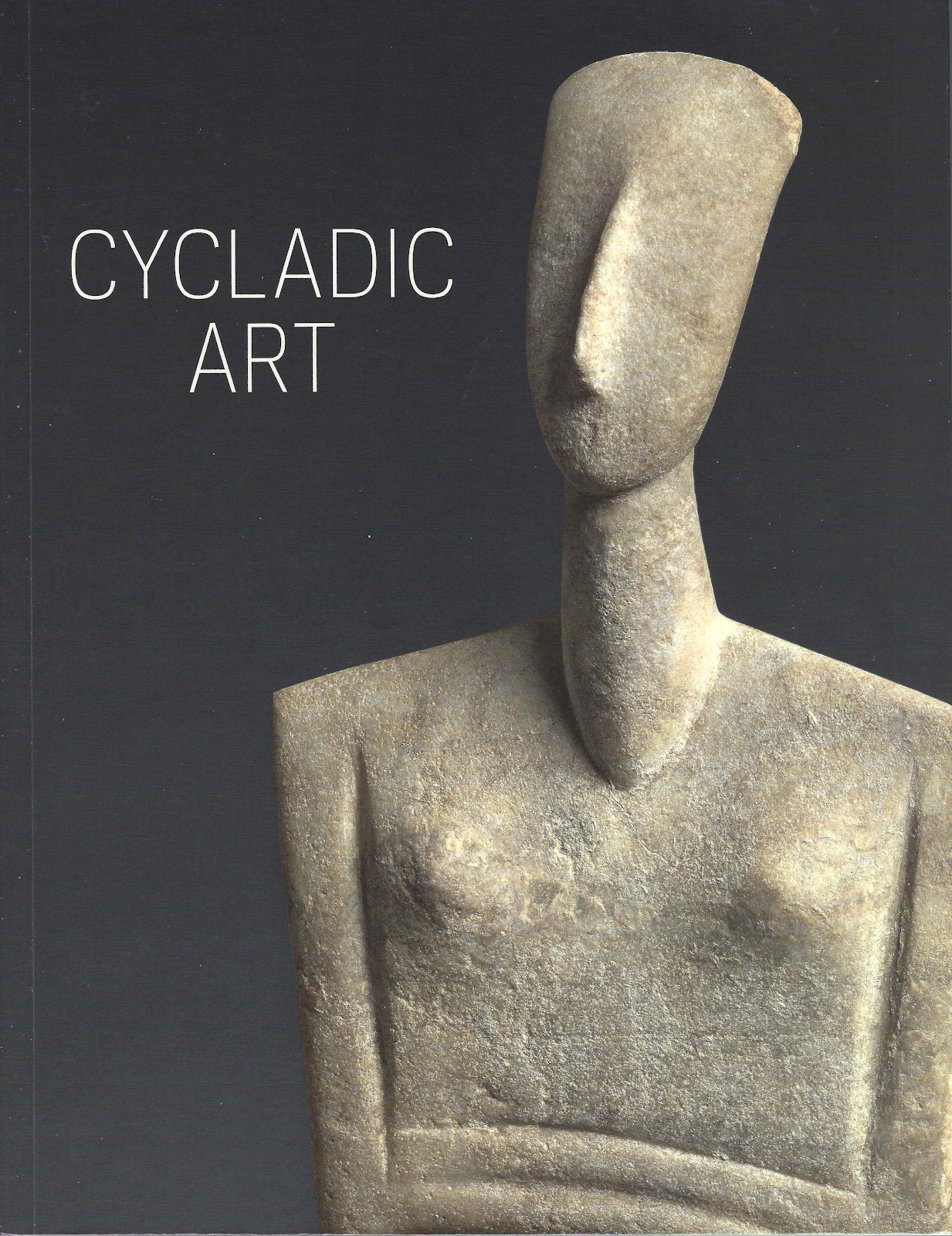Max Bernheimer of Christie's has spoken in a short video about the forthcoming auction of the reclining figurine:
G. Max Bernheimer, International Head of Antiquities showcases a Cycladic marble figure, one of the few sculptures attributed to the Schuster Master. The idol is one of the most iconic sculptural types to have survived from antiquity and is the highlight of Christie's Antiquities sale in New York on 9 December.Bernheimer seems so out of touch with Cycladic scholarship that he still uses the now obsolete nomenclature. I have noted elsewhere:
One change in G-G's approach has been the abandonment of the term 'Master' in favor of 'Sculptor' (though still in upper case). In G-G's earlier work, she explained: 'The term master is used throughout ... to denote a craftsman who was thoroughly competent in his profession although not necessarily highly skilled or capable of producing masterpieces' (SC, p. 62). The use of this term for Cycladic had been challenged: it may be appropriate for the language of 'high art' but not for what is likely to have been a humble craft (GC, pp. 651-52). G-G reports that her methodology and terminology were not borrowed from Morelli or Berenson, or from Beazley -- the obvious close precedent for identifying 'Masters' amongst the makers of ancient Greek artefacts; she reverts to what she now considers to be more art-historically neutral language (pp. xv-xvi).The auction catalogue entry continues to overlook Pat Getz-Gentle's attribution of 16 figures to the Sculptor.
Those interested in the issues surrounding Cycladic figures can explore some of the issues in:
- David W.J. Gill and Christopher Chippindale, "Material and intellectual consequences of esteem for Cycladic figures", American Journal of Archaeology 97, 4 (1993) 601-59 [JSTOR]
See also our response to Pat Getz-Gentle [BMCR 2002] as well as the study of the Keros Haul [AJA 2007] that contained some of the figures attributed to the Schuster Sculptor.



No comments:
Post a Comment